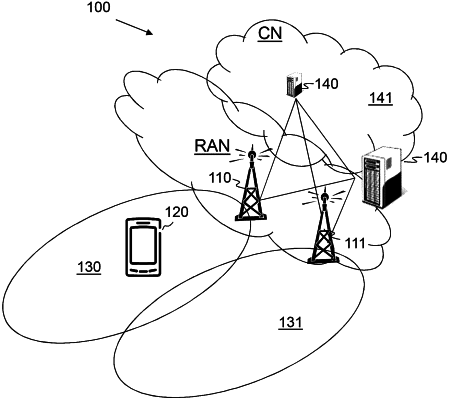| CPC H04W 72/1268 (2013.01) [H04W 72/02 (2013.01); H04W 72/0446 (2013.01); H04W 72/0453 (2013.01)] | 15 Claims |

|
1. A method performed by a network node, for scheduling of at least one User Equipment, UE, in Uplink, UL, wherein the network node is configured to schedule UEs using Frequency Selective Scheduling, FSS, or resource fair scheduling, the method comprising:
obtaining a number of schedulable UEs in the UL,
estimating a number of Physical Resource Blocks, PRBs, for the at least one individual UE based on the number of schedulable UEs in the UL, wherein the at least one UE is scheduled in the same cell and Transmit Time Interval, TTI, as the number of schedulable UEs in the UL,
determining whether the estimated number of PRBs fulfil one or more predetermined conditions, and
determining to schedule the at least one UE using FSS when at least one of the one or more predetermined conditions are fulfilled, and determining to schedule the at least one UE using resource fair scheduling when none of the one or more predetermined conditions are fulfilled,
wherein the one or more predetermined conditions are based on the number of schedulable UEs in the UL, the number of estimated PRBs to be scheduled for each of the schedulable UEs in the UL, and a total number of available PRBs for scheduling UEs, Nprb,
wherein the step of determining to schedule the at least one UE comprises a mechanism of adaptively switching between FSS and resource fair scheduling, wherein the mechanism is selecting one of FSS or resource fair scheduling based on whether the one or more predetermined conditions are fulfilled.
|